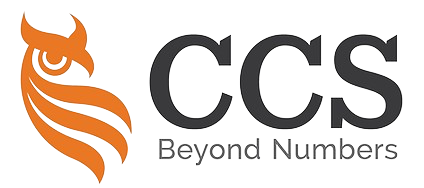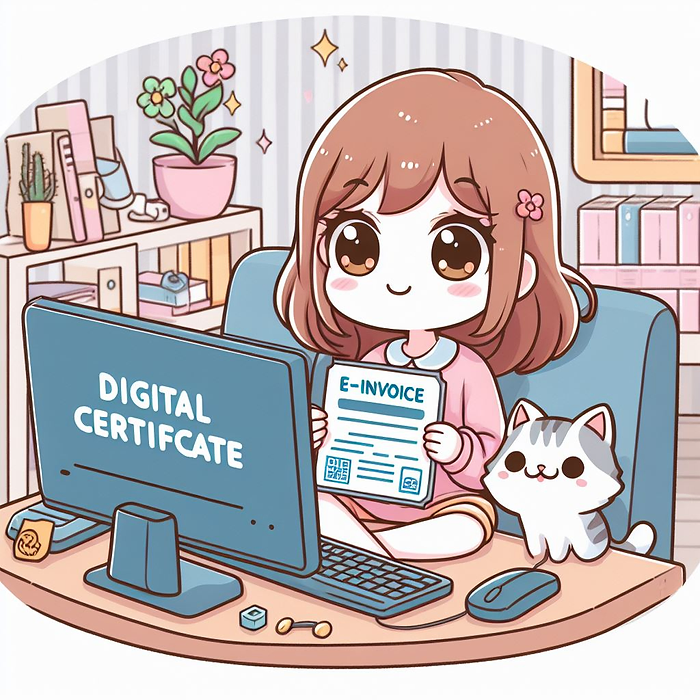
The Inland Revenue Board of Malaysia (IRBM) has expanded the scope of e-invoicing to include additional document types beyond the initial Invoice, Credit Note, Debit Note, and Refund Note.
This extension aims to provide comprehensive coverage and facilitate seamless e-invoicing operations across various business scenarios.
In addition to the existing document types, businesses can now leverage the following e-Invoice formats within the MyInvois System:
1. Self-Billed Invoice
2. Self-Billed Credit Note
3. Self-Billed Debit Note
4. Self-Billed Refund Note
These new document types cater to specific situations where the Buyer assumes the role of the Supplier and issues self-billed e-invoices, as outlined in Section 8 of the e-invoice Specific Guideline.
By incorporating these additional formats, the MyInvois System empowers businesses with greater flexibility and compliance across diverse transaction scenarios.
Self-Billed Invoice
There are certain circumstances where another party (other than the Supplier) will be allowed to issue a self-billed e-Invoice.
Kindly refer to Section 8 of the e-Invoice Specific Guideline where self-billed e-Invoice will be allowed.
Self-Billed Invoice refers to the initial self-billed e-Invoice that will be issued by the Buyer.
Self-Billed Credit Note
Self-Billed Credit Note is issued by Buyers to correct errors, apply discounts, or account for returns in a previously issued Self-Billed e-Invoice with the purpose of reducing the value of the original Self-Billed e-Invoice.
This is used in situations where the reduction of the original Self-Billed e-Invoice does not involve return of monies to the Buyer.
Self-Billed Debit Note
Self-Billed Debit Note is the document issued by Buyers to indicate additional charges on a previously issued Self-Billed e-Invoice.
Self-Billed Refund Note
Self-Billed Refund Note is the document issued by Buyers to confirm the refund of the Buyer’s payment. This is used in situations where there is a return of monies to the Buyer.
🌻🌻🌻🌻🌻🌻🌻🌻🌻🌻🌻🌻🌻🌻🌻🌻🌻🌻
马来西亚税务局(IRBM)扩大了电子发票的范围,除最初的发票、贷方凭证、借方凭证和退款凭证外,还增加了其他文件类型。
这一扩展旨在提供全面的覆盖范围,并促进各种业务情况下的无缝电子发票操作。
除了现有的文件类型,企业现在还可以在 MyInvois 系统中使用以下电子发票格式:
1. 自开发票
2. 自开贷记凭证
3. 自开借记凭证
4. 自开退款凭证
这些新文件类型适用于买方扮演供应商角色并开具自开票电子发票的特定情况,如电子发票特定指南第 8 节所述。
通过纳入这些附加格式,MyInvois 系统为企业在各种交易场景中提供了更大的灵活性和合规性。
自开发票
在某些情况下,允许另一方(供应商除外)开具自开电子发票。
请参阅《电子发票具体指引》第 8 节中允许开具自开电子发票的内容。
自开贷方凭证
买方开出 “自开贷方凭证 “是为了纠正之前开出的 “自开电子发票 “中的错误、应用折扣或说明退货情况,目的是减少原始 “自开电子发票 “的价值。
在减少原始自开电子发票金额不涉及向买方退还款项的情况下使用。
自开借方凭证
自开借方凭证是买方开出的单据,用于注明先前开出的自开电子发票上的额外费用。
自开退款凭证
自开退款凭证是由买家开出的文件,用于确认买家付款的退款。用于向买方退还款项的情况。






